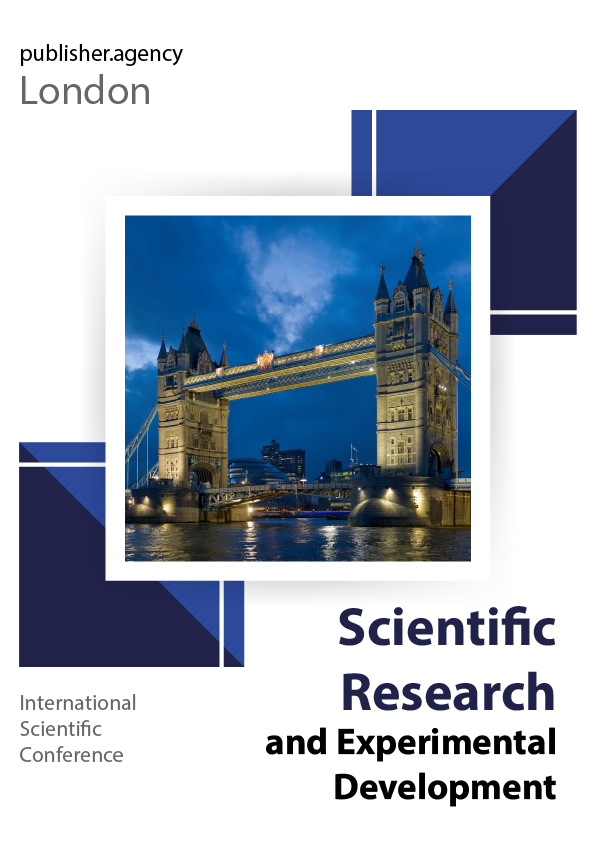DISPROPORTIONS OF TRANSLATING CHILDREN’S POETRY: THROUGH THE LENS OF DIFFERENT TRANSLATORS (WITH SPECIAL REFERENCE TO A. BARTO’S POETRY)
Keywords:
children’s poetry, stylistic devices, strategies of translation, cultural contact, child’s psychology, child’s developmentAbstract
Due to its expressive and context-dependent nature translation of children’s poetry is a unique and cultural challenge for literary translators. This paper explores the interdependent feature of poetic translation, consisting of three main parts: author, author two(translator), and the reader. Drawing on examples of A.Barto’s book “Toys” and its English translation, the study examines how different translators navigate issues related to the translation of stylistic devices, cultural context and child psychology. Preservation of poetic form is important for maintaining the original message and the tone requires detailed analysis of target language culture, as well as developmental nuances of a child. Successful and accurate translation of children’s poetry relies not only on linguistic accuracy but also cultural sensitivity and the knowledge of child’s psychology at a certain age.
Published
How to Cite
Issue
Section
License

This work is licensed under a Creative Commons Attribution-ShareAlike 4.0 International License.

